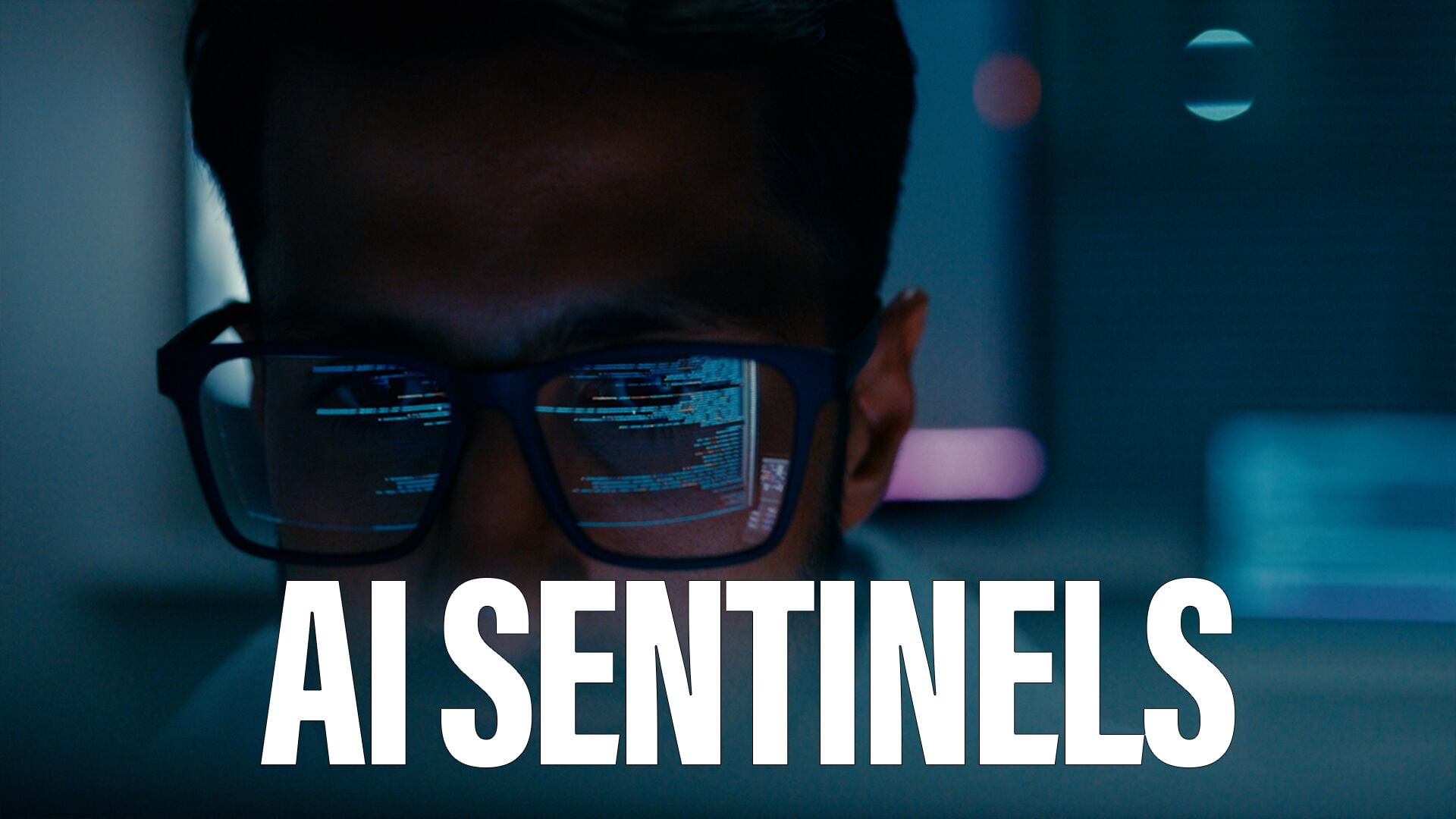L3Harris on Monday unveiled a software platform, Amorphous, for controlling large swarms of uncrewed systems across multiple domains, allowing aerial drones, ships and other platforms to operate together seamlessly.
The software is designed with an open architecture to be platform-agnostic and scalable. To date, the company has demonstrated the ability to connect multiple systems, but it envisions Amorphous eventually managing thousands of payloads — a key requirement for the U.S. Defense Department as it looks to better integrate uncrewed systems into operations.
Jon Rambeau, president of integrated mission systems at L3Harris, told reporters in a briefing last week the company’s vision is for Amorphous to serve as an orchestra conductor, helping operators command and control autonomous systems.
“One of the big problems that has yet to be solved is, how do you think about the control of, not 10, not 100, not even 1,000, but thousands of assets simultaneously,” Rambeau said. “That’s really not something that’s possible to do with human control only.”
While some concepts for autonomous command-and-control rely on a “mothership,” a single platform serving as the brains of a fleet of uncrewed systems, L3Harris envisions Amorphous coordinating a “leaderless swarm,” according to Toby Magsig, vice president and general manager of enterprise autonomous systems.
Under this approach, rather than rely on a single platform to communicate an operator’s command, the entire fleet of systems would share the message and deconflict on which platform would perform which parts of the mission. This alleviates some of the mission risk should the mothership lose its communication link or be shot down, Magsig said in the same briefing.
Amorphous has already made its debut in prototypes the company is developing for various Pentagon programs, including Replicator, and has its roots in work the L3Harris has done for the Navy’s Project Overmatch and Army Research Laboratory experimentation.
For Replicator — the Pentagon’s high-profile effort to field thousands of uncrewed systems by next August — L3Harris was selected in November alongside Anduril Industries and Swarm Aero to demonstrate the ability to coordinate hundreds or thousands of platforms through an effort called Autonomous Collaborative Teaming.
Managed by the Defense Innovation Unit, the program is looking for software that can be upgraded iteratively and can run on any hardware system.
Rambeau said the company recognizes the need for open architecture and has demonstrated Amorphous can integrate with a variety of platforms. He also noted that L3Harris worked with several smaller firms to support the software’s user interface and autonomy algorithms.
“A truly open architecture with published interfaces that anybody can plug into is going to be a really critical element of success,” he said. “That’s one of the things that we put into this design.”
Magsig declined to offer much detail on the Replicator demonstrations that Amorphous has supported, but said the software has been involved in a few events and “there’s many more to go.”
Courtney Albon is C4ISRNET’s space and emerging technology reporter. She has covered the U.S. military since 2012, with a focus on the Air Force and Space Force. She has reported on some of the Defense Department’s most significant acquisition, budget and policy challenges.








